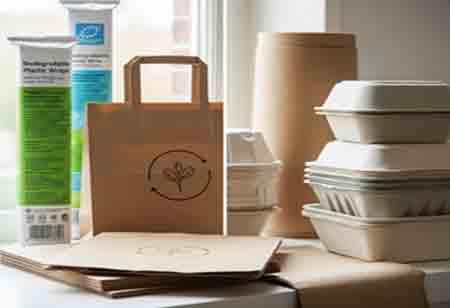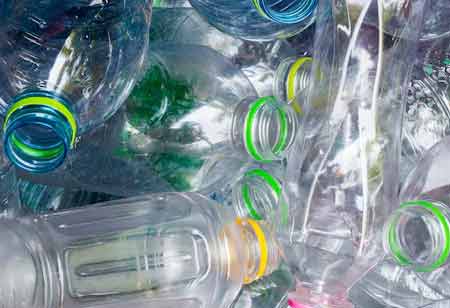Thank you for Subscribing to Environmental Business Review Weekly Brief
Greener Packaging in Canada Through Circular Design
Canada’s sustainable packaging trends emphasize eco-friendly materials, circular design, and innovative solutions, driven by both regulatory requirements and growing consumer demand.

By
Environmental Business Review | Friday, October 24, 2025
Stay ahead of the industry with exclusive feature stories on the top companies, expert insights and the latest news delivered straight to your inbox. Subscribe today.
Fremont, CA: Canada’s sustainable packaging trends are transforming the way products are designed, delivered, and disposed of. Rising environmental awareness and stricter regulations are driving businesses to adopt eco-friendly materials and innovative packaging solutions. This shift prioritizes recyclability, compostability, and waste reduction while meeting growing consumer demand for responsible practices. By embracing circular design principles and smart packaging innovations, Canada is paving the way toward a greener, more sustainable future.
Eco-Friendly Materials and Circular Design Principles
Sustainable packaging in Canada is gaining momentum, with a growing focus on materials that reduce environmental impact throughout their lifecycle. Businesses and consumers also prioritize packaging that minimizes waste, uses renewable resources, and is easy to recycle or compost. Materials such as recycled paper, plant-based bioplastics, and molded pulp are becoming more common, replacing conventional plastics and foams that are harder to process and more harmful to ecosystems.
Recyclability and compostability are central to these efforts. Packaging designed to be part of a circular economy ensures that products are reused, repurposed, or returned safely to the environment. Many brands are adopting mono-material packaging to simplify sorting and recycling, improving the efficiency of waste management systems. Even inks, adhesives, and coatings are re-evaluated to ensure they align with sustainable objectives.
Refillable and reusable packaging models are also gaining traction. These systems encourage consumers to return or reuse containers, reducing single-use waste. By investing in durable materials and streamlined logistics, businesses can provide eco-conscious options that align with shifting consumer values. This shift helps minimize landfill volume and promotes a culture of responsibility and participation in sustainability.
Policy Influence and Market Innovation
Government regulations and consumer expectations drive significant innovation in the Canadian packaging landscape. Increasing restrictions on single-use plastics and landfill waste have pushed companies to explore alternative materials and more efficient production methods. These policies help reduce pollution and encourage investment in research and developing greener solutions.
Startups and established manufacturers are experimenting with biodegradable films, edible packaging, and water-soluble materials that break down without harming the environment. Once considered niche, these solutions are now entering mainstream use due to improved affordability and performance. Smart packaging technologies are also being introduced to track product freshness, reduce spoilage, and support more sustainable supply chains.
Consumer awareness is essential for the adoption of these trends. People are paying closer attention to what their products come in, often choosing brands that reflect their environmental values. Transparency around sourcing, disposal instructions, and sustainability certifications influences purchasing decisions, encouraging companies to improve their packaging and communication.





